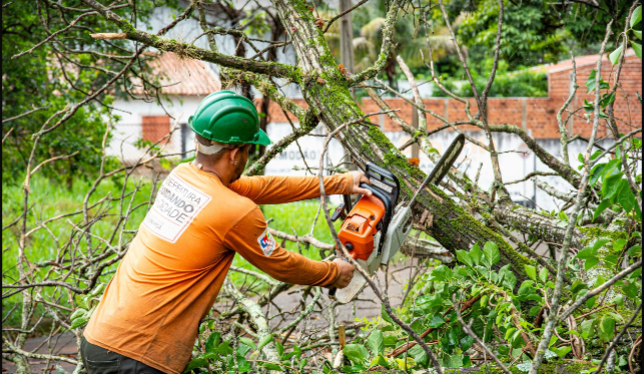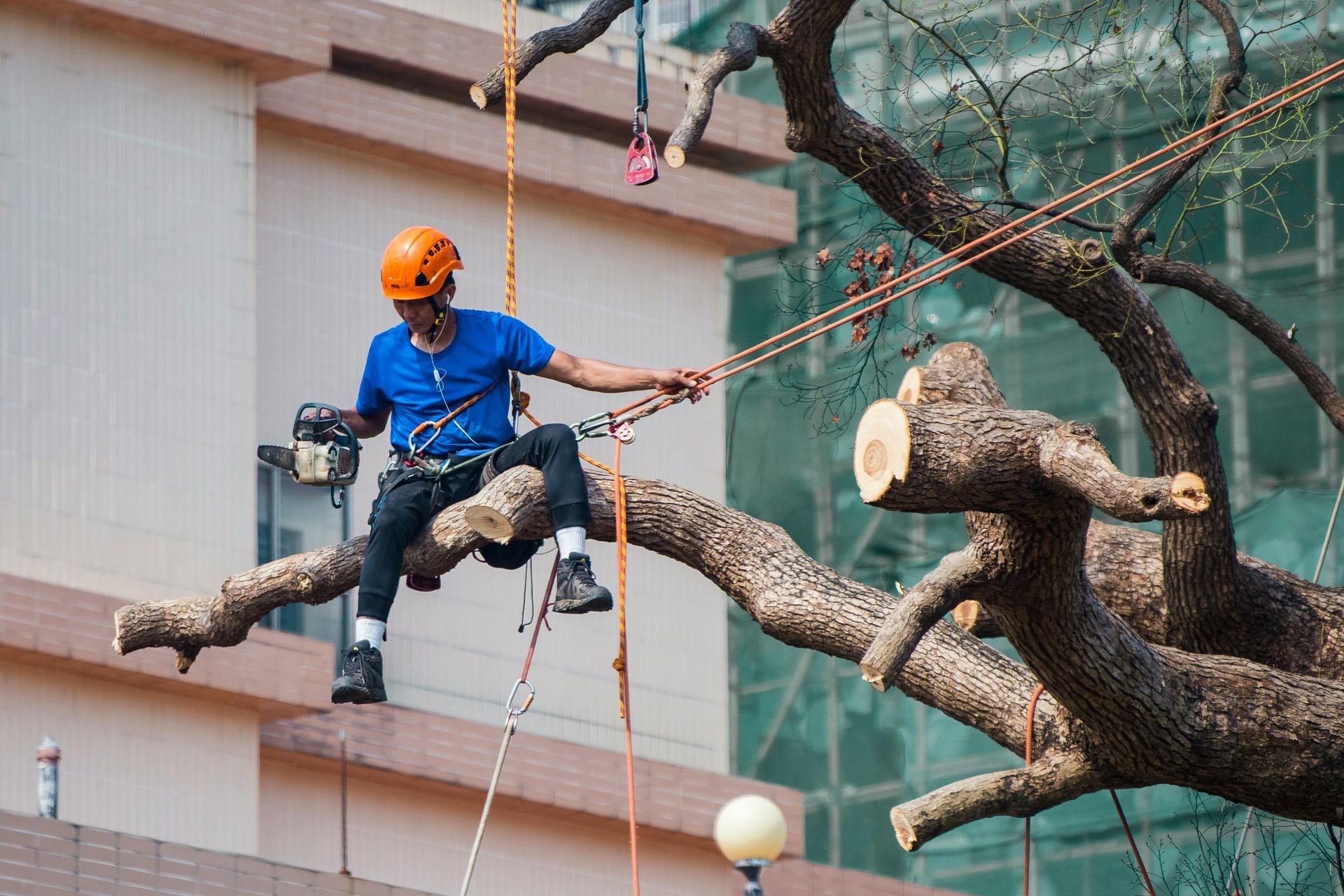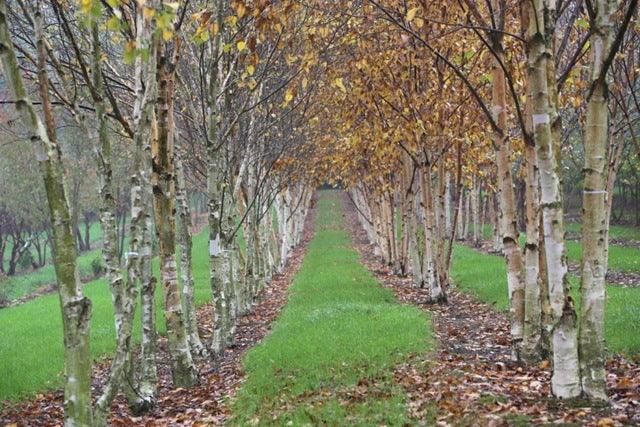The Best Time for Tree Trimming: A Seasonal Guide to Tree Care
Tree Trimming & Tree Pruning: A Must for Tree Health
When it comes to maintaining the health and beauty of your trees, tree trimming is a key part of the process. Regular trimming not only helps enhance the aesthetic of your landscape but also ensures that your trees are healthy and structurally sound. However, knowing the best time for tree trimming can make a significant difference in the outcome of your efforts.
In this guide, we will explore the optimal times for trimming trees and why proper timing is crucial for the long-term health of your trees.
Why Timing Matters for Tree Trimming
Tree trimming involves cutting away dead or overgrown branches to improve the overall appearance and health of the tree. The timing of this activity plays a crucial role in minimizing stress to the tree and preventing potential damage. Trimming at the wrong time can leave your tree vulnerable to diseases or pests, or it may disrupt the tree's natural growth cycle.

The Best Seasons for Tree Trimming
1. Late Winter to Early Spring (Dormant Season)
The best time to trim most trees is during their dormant season, typically from late winter to early spring, before new growth begins. During this period, trees are not actively growing, which means:
- Reduced Stress: Trimming in the dormant season helps reduce stress on the tree, as it won’t be expending energy to grow new leaves or branches.
- Easier to See the Structure: Without the foliage, it’s easier to see the tree's structure and identify areas that need trimming.
- Faster Recovery: Trees are more likely to heal quickly when pruned during dormancy, as they’re not using their energy for new growth.
This time frame is ideal for removing dead, diseased, or damaged branches that may pose a hazard once spring growth begins.
2. Late Spring to Early Summer (Post-Blooming)
For some tree species, trimming after blooming (but before summer heat sets in) can also be beneficial. Trees like lilacs, forsythia, and magnolias, which bloom in early spring, should be pruned immediately after they finish flowering. This allows the tree to have a full growing season to recover and regrow.
- Minimized Impact on Flowering: Cutting right after blooming prevents the removal of next year’s buds, ensuring a healthy bloom cycle for the following year.
- Better Growth Control: Light trimming during this time can help maintain the tree’s shape and size without causing too much disturbance.

3. Late Summer to Early Fall (Post-Growth)
Late summer is an ideal time for trimming certain trees, especially those with rapid growth cycles. Trimming after the growth spurt but before the cooler weather can help the tree direct its energy into strong, healthy roots rather than producing additional growth late in the season.
- Prevent Overgrowth: Pruning at this time helps control overgrowth and reduces the likelihood of branches becoming weak and susceptible to storms.
- Healthier Fall Preparation: Trimming in late summer ensures that the tree will be in optimal shape for the upcoming colder months.
However, avoid heavy pruning late in the season, as it can encourage new growth that won’t have time to harden off before winter.
Trees That Require Special Timing
While the general advice is to trim trees during the dormant season, some species may require different timing:
- Fruit Trees (Apple, Pear, etc.): These trees should be pruned in late winter or early spring before new growth starts, ensuring the best yield in the upcoming growing season.
- Evergreens: These trees can be trimmed throughout the year, but the most optimal time is early spring or late summer.
- Maples and Birch Trees: These trees should be pruned in late winter or early spring, as cutting them in the warmer months may cause excessive sap bleeding.
Things to Avoid When Trimming Trees
- Avoid Cutting During Hot Weather: Pruning during extreme heat can stress the tree, especially if it has been pruned heavily.
- Avoid Pruning During Rainy Seasons: Wet conditions can promote the spread of disease and mold. If the weather is unpredictable, it’s best to wait until it clears up.

Understanding the best time for tree trimming is essential for ensuring your trees remain healthy and vibrant. By timing your trimming during the dormant season, after blooming, or when your trees have stopped growing, you can help them thrive for years to come. Whether you're trimming a few branches or giving your tree a more extensive cut, be sure to follow these seasonal guidelines to make the most of your tree care efforts.
For expert help with trimming your trees, and tree care maintenance, contact the professionals at StriTar Tree Service. Our experienced arborists can help you determine the best time and method for your specific trees, ensuring that your landscape is always looking its best.
Ready to work with StriTar Tree Service?
Let's connect! We’re here to help.
Send us a message and we’ll be in touch.
Or give us a call today at 424-243-7779
Agency Contact Form
We will get back to you as soon as possible
Please try again later

We create outdoor tree spaces for homes and commercial buildings in the Los Angeles county region and surrounding areas like Huntington Park, Santa Monica, Fresno, Pasadena, La Mesa, Glendale, Culver City, Maywood, Palo Alto and Beverly Hills.
MENU
STAY CONNECTED
Join our newsletter and find out more
Contact Us
We will get back to you as soon as possible
Please try again later